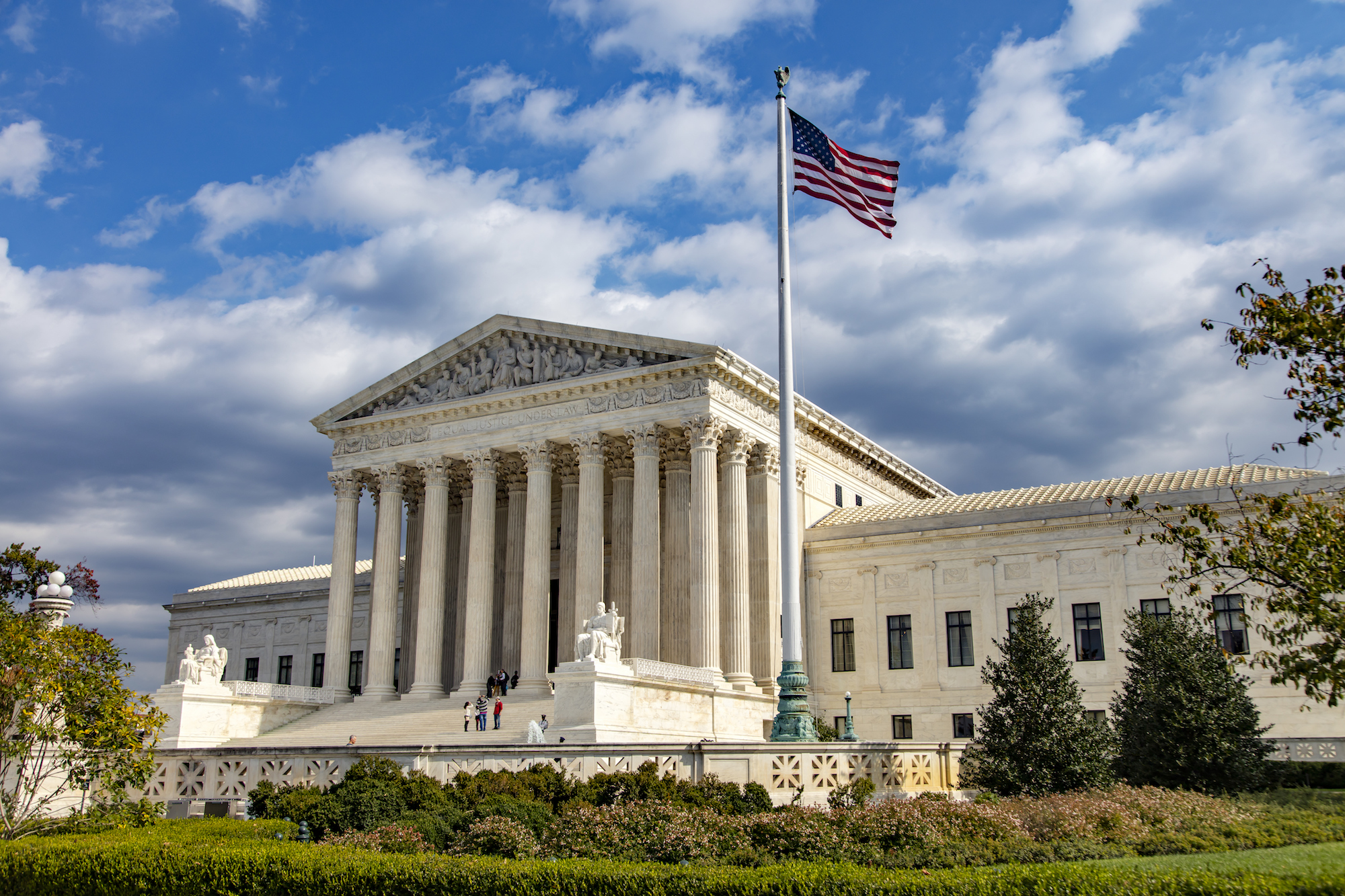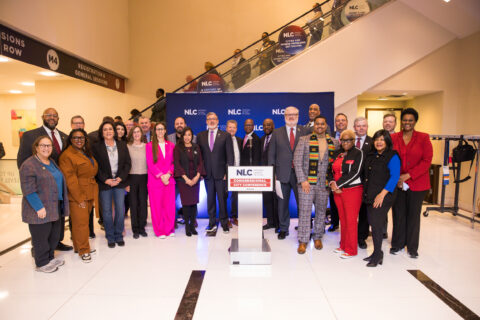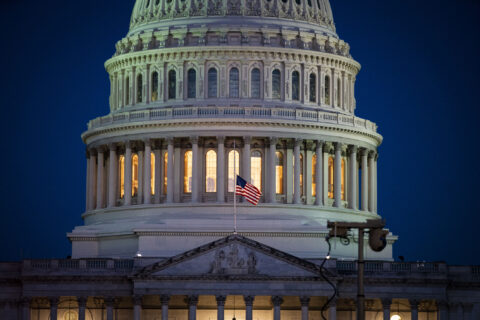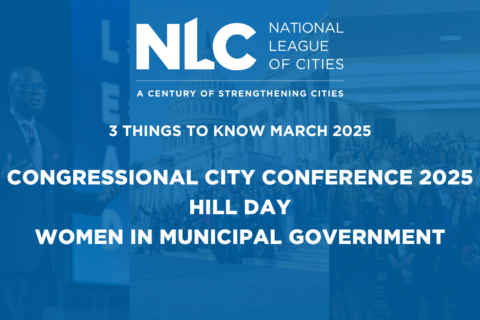For the last 50 years the Supreme Court has leaned right. But there has always been an unreliable conservative “swing” Justice at the center of the Court. First, Justice Powell, then Justice O’Connor, next Justice Kennedy, and most recently (and very briefly) Chief Justice Roberts.
If Judge Amy Coney Barrett is confirmed the Court is likely to have five reliable conservative votes in the big, controversial cases (Thomas, Alito, Gorsuch, Kavanaugh, and Coney Barrett). Chief Justice Roberts’ vote will no longer matter, and Justice Kavanaugh (so far, a reliable conservative in the big, controversial cases) will be the Justice at the center of the Court.
For state and local government elected officials it is difficult to label a more conservative Supreme Court good or bad. More liberal Justices are better on some issues of importance to states and local governments while conservative Justices are better on other issues. Also, state and local government elected officials have personal views on issues that may conflict in some instances with what is the most efficient for states and local governments. And many cases important to states and local governments aren’t big and controversial where the Justices’ are less likely to cast votes on predictable, ideological lines.
For state and local government elected officials it is difficult to label a more conservative Supreme Court good or bad. More liberal Justices are better on some issues of importance to states and local governments while conservative Justices are better on other issues.
So far, the discussion over whether Coney Barrett should be confirmed has focused on guns, abortion, and the Affordable Care Act—all issues of importance to states and local governments upon which elected officials have disparate views. But how might a solidly conservative Court vote on less controversial issues of importance where state and local government officials may have a greater agreement? On three issues where the Supreme Court routinely decides cases impacting states and local governments adding a conservative Justice isn’t likely to make much difference.
The Supreme Court usually hears numerous First Amendment free speech cases each term. It is not unusual for states and local governments to lose these cases unanimously or close to it. For example, in Minnesota Voter Alliance v. Mansky (2018), the Court struck down Minnesota’s ban on political apparel at polling places 7-2. Even if a more liberal Justice joined the bench states and local governments probably would be no more likely to win these cases.
The Supreme Court provides the last word on the meaning of the Fifth Amendment’s Taking Clause, which disallows the government from taking private property for public use, without just compensation. Conservative Justices tend to be skeptical of government takings. The most recent takings case, Knick v. Township of Scott (2019), the local government lost. Chief Justice Roberts wrote the 5-4 opinion which the Court’s other conservative Justices joined. Another conservative Justice isn’t going to change the Court’s balance on takings issues because Chief Justice Roberts’ vote has been solidly conservative.
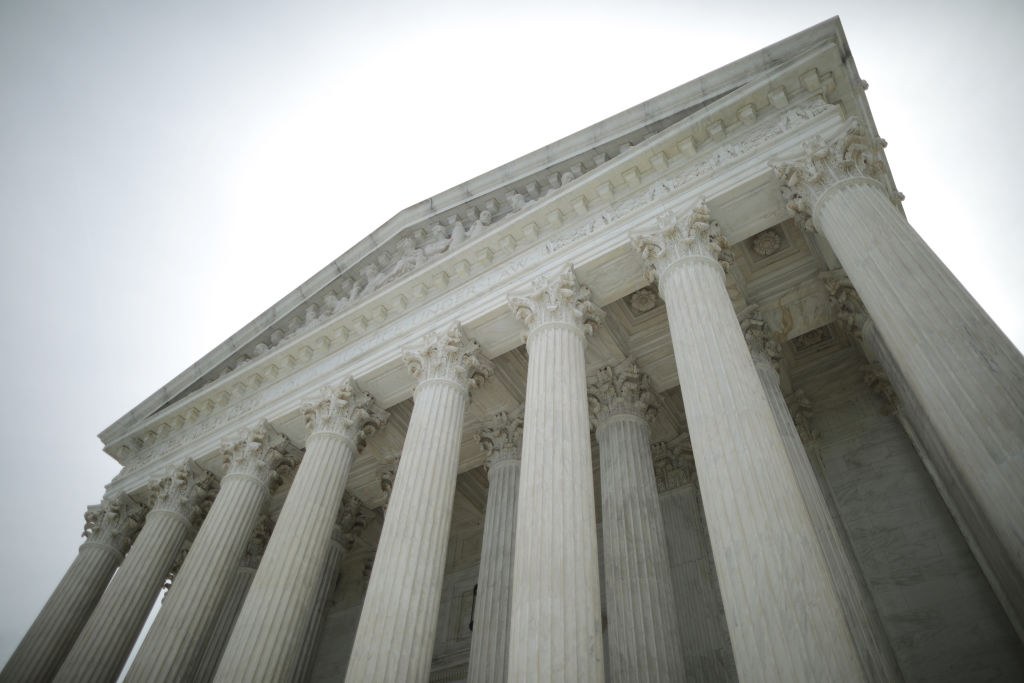
Qualified immunity protects state and local government officials (and the governments that employ them) from paying money damages for constitutional violations where the law violated wasn’t clearly established. While Justice Thomas has recently criticized the doctrine, conservative and liberal Justices have generally supported it. In June 2020 the Supreme Court refused to hear a number of cases asking it to overturn the doctrine. Another conservative Justice likely means qualified immunity will be safe from tinkering or elimination by the Supreme Court, if not Congress—but it was probably safe before.
Perhaps the biggest change for states and local governments (and everyone else) will be no end of June surprises from SCOTUS, which has been an American tradition for at least the last decade.
